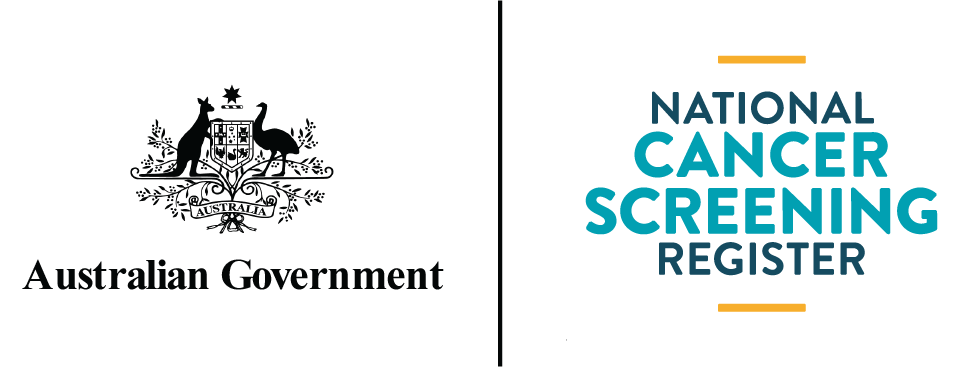Important changes to the National Cervical Screening Program’s (NCSP) Clinical Guidelines pathway for woman at intermediate risk

Changes to the Guidelines for the clinical management of women at Intermediate Risk of cervical cancer were introduced 1 February 2021. This follows the Cancer Council Australia Clinical Guidelines working party review of national data from the first two years of the renewed program.
The review confirmed that it is safe for patients with a 12-month follow-up HPV (not 16/18) result and negative liquid-based cytology (LBC), or possible low-grade squamous intraepithelial lesion (pLSIL) or LSIL (intermediate risk result), to have a second follow-up HPV test in a further 12 months after their first follow-up HPV test, instead of referral to colposcopy.
Note the exclusion criteria below for patients at intermediate risk at their 12-month follow-up test after an intermediate risk cervical screening test result:
For women who may be at higher risk of a high-grade abnormality, a referral for colposcopy is recommended if HPV (any type) is detected at the first 12-month follow-up HPV test, regardless of the result of reflex LBC.
This includes any of the following groups:
- Women who are 2 or more years overdue for screening at the time of the initial cervical screening test*
- Women who identify as Aboriginal and/or Torres Strait Islander
- Women aged 50 years or older
*Initial screening relates to the first cervical screening test undertaken which determined the patient met criteria for the intermediate risk screening pathway .
Patients who meet the abovementioned exclusion criteria should be referred for colposcopic evaluation at the time of their 12-month follow up intermediate risk result.
Please discuss with your patient their individual circumstances and how this may impact them.
Visit the NCSP website for more information.
